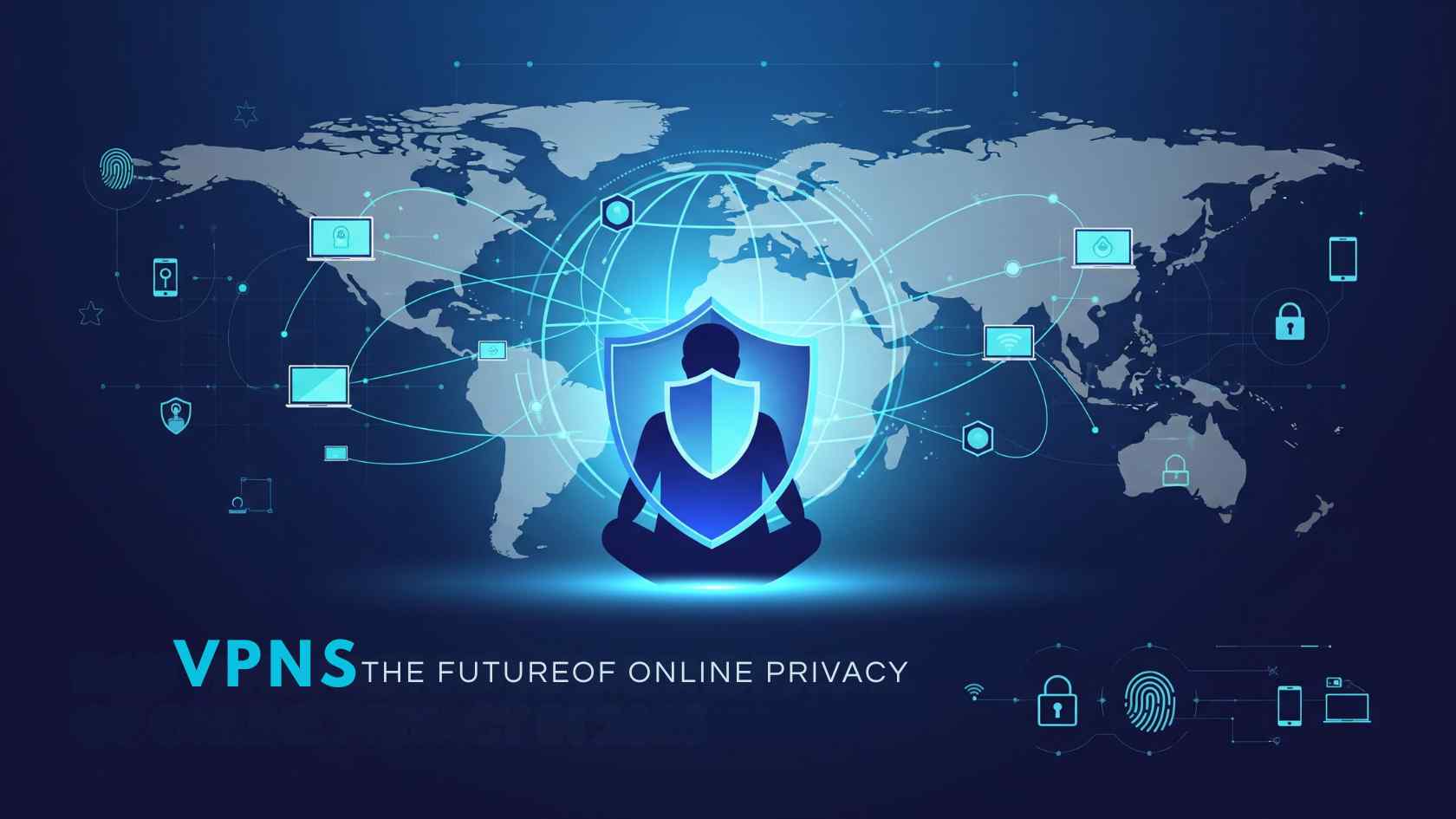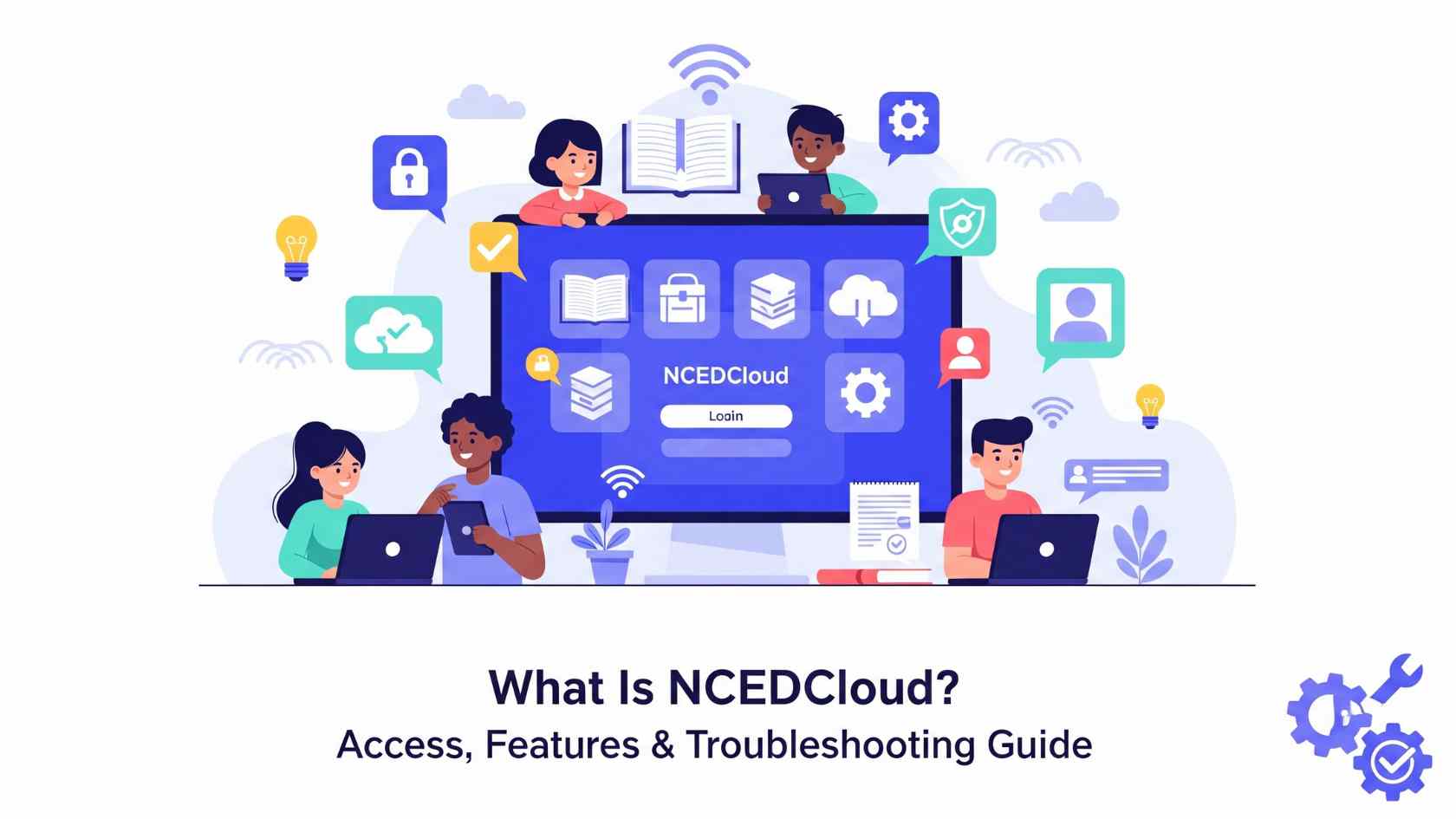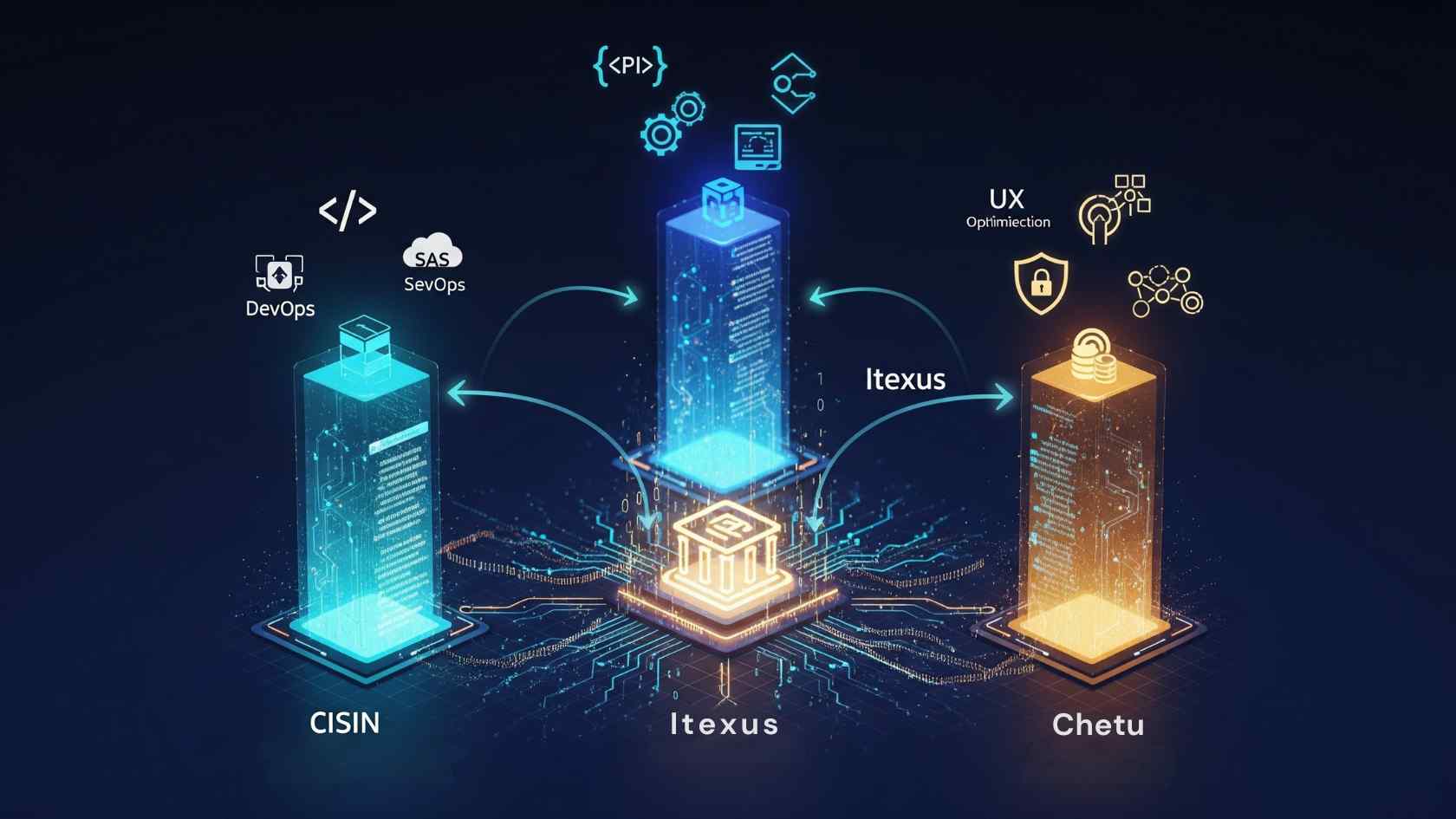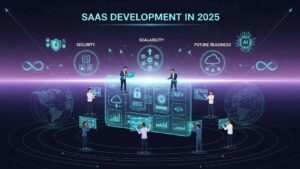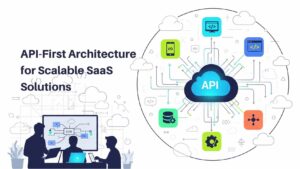Work has transformed. More teams than at any other point prefer to work from home or leverage some form of hybrid work arrangement. One effect of this shift has been the increased reliance on Software-as-a-Service (SaaS) tools. SaaS tools are now necessities in our day-to-day business lives, from email and project tools to cloud storage. SaaS enables businesses to keep operating.
But with the increased usage of SaaS tools also comes risk. Cyberattacks, data leaks, and unsafe security practices can do serious damage. Ultimately, “SaaS security” is more important than ever in today’s remote world.
In this blog, we’ll examine what SaaS security is, why it’s important, and how organizations can protect themselves.
What Is SaaS Security?
“SaaS security” is the collection of concepts, tools & recommendations used to ensure the safety of SaaS cloud software & the data contained there. Because “SaaS” runs in the cloud, there are many risks, including hacking, phishing, and even ransomware.
Good SaaS security ensures that:
- Only the right people can log in.
- Data is safe in storage and in transfer.
- Systems are updated for new threats.
Why SaaS Security Matters More in a Remote World
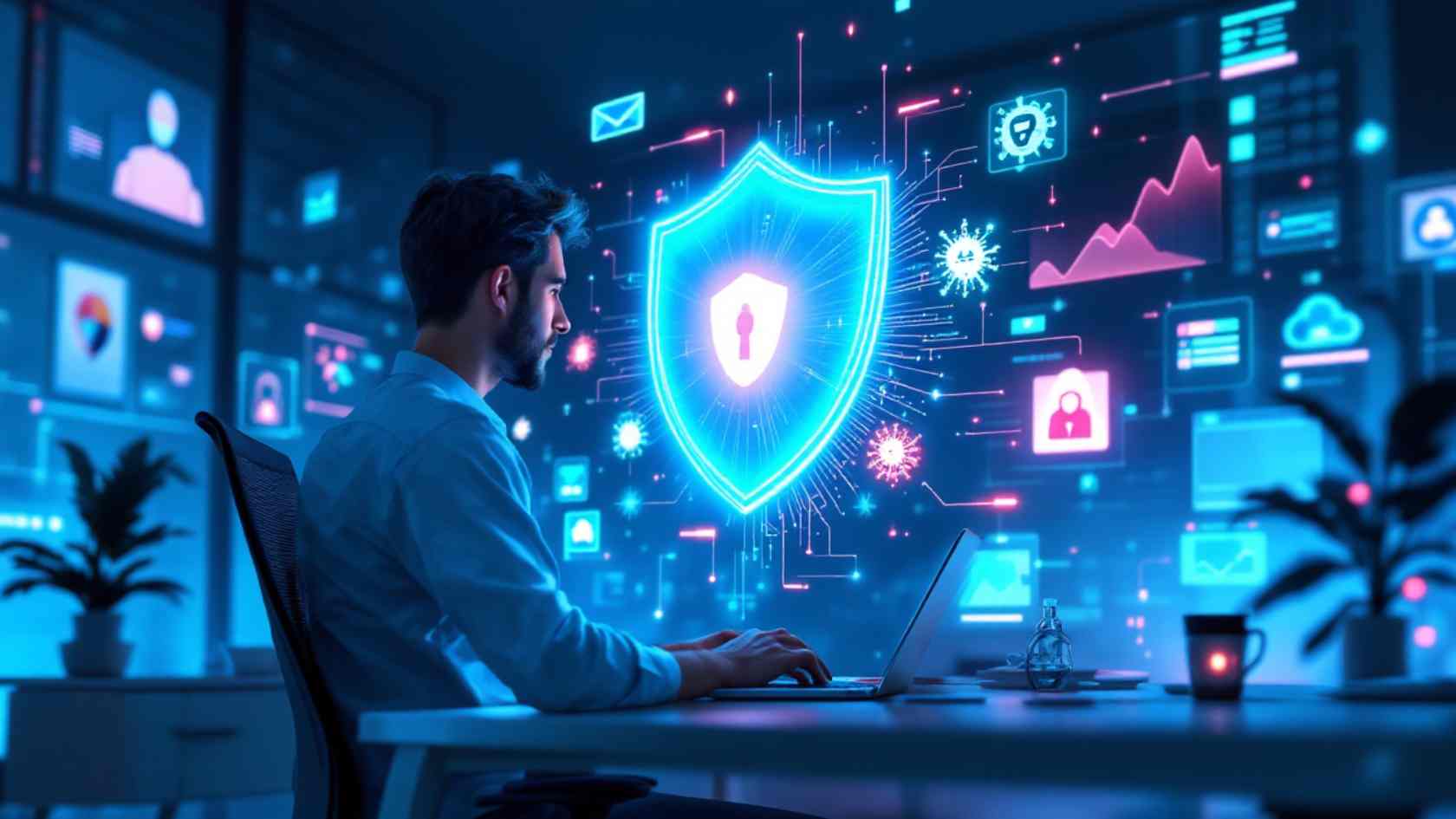
1. Remote Work Expands the Attack Surface
In the past, most employees worked in a business office, directly accessing company assets via company networks. Nowadays, employees log in from home, coffee shops, and sometimes even while traveling. Each device and Wi-Fi network provides an access point for attackers.
Without strong “cloud security for Software as a Service (SaaS),” hackers can retrieve login information or inject malware. With every additional remote worker, the risk multiplies.
2. Sensitive Data Is at Stake
Most SaaS tools contain sensitive data—including emails, files for clients, and financial records. Where there is weak data protection in SaaS, there are leaks that seriously undermine a brand’s position of trust.
Cisco suggests that over 80% of companies using SaaS recently experienced a data breach. In particular, a breach costs money and relationships.
3. Startups Are Prime Targets
One common reason that hackers are very drawn to startups and see them as “low-hanging fruit” is that many small teams put an emphasis on growth before security. However, skipping cybersecurity for startups can be a big mistake.
A single attack can set you back several months and could expose your startup legally if your customer data was stolen.
4. Regulations Are Getting Stricter
Regulations like “the GDPR in Europe or the CCPA in California” require companies to protect users’ data. If they don’t, they can be fined heavily. As companies transition more of their data to “SaaS tools,” security becomes essential rather than optional.
Key Risks SaaS Companies Face
- Weak Passwords: Too Many Users Use “123456” or Old Passwords.
- Phishing Attacks: Hackers trick users into clicking fake emails to steal credentials.
- Unpatched Software: If applications are not updated, then they are subject to old vulnerabilities.
- Shadow IT: Employees use SaaS applications for work but get them outside the approval of IT.
- Insider Threats: Risks don’t come just from outside the organization. Employees can leak or use the data themself.
These risks cross-highlight the need for companies to layer “SaaS security.”
Best Practices for SaaS Security
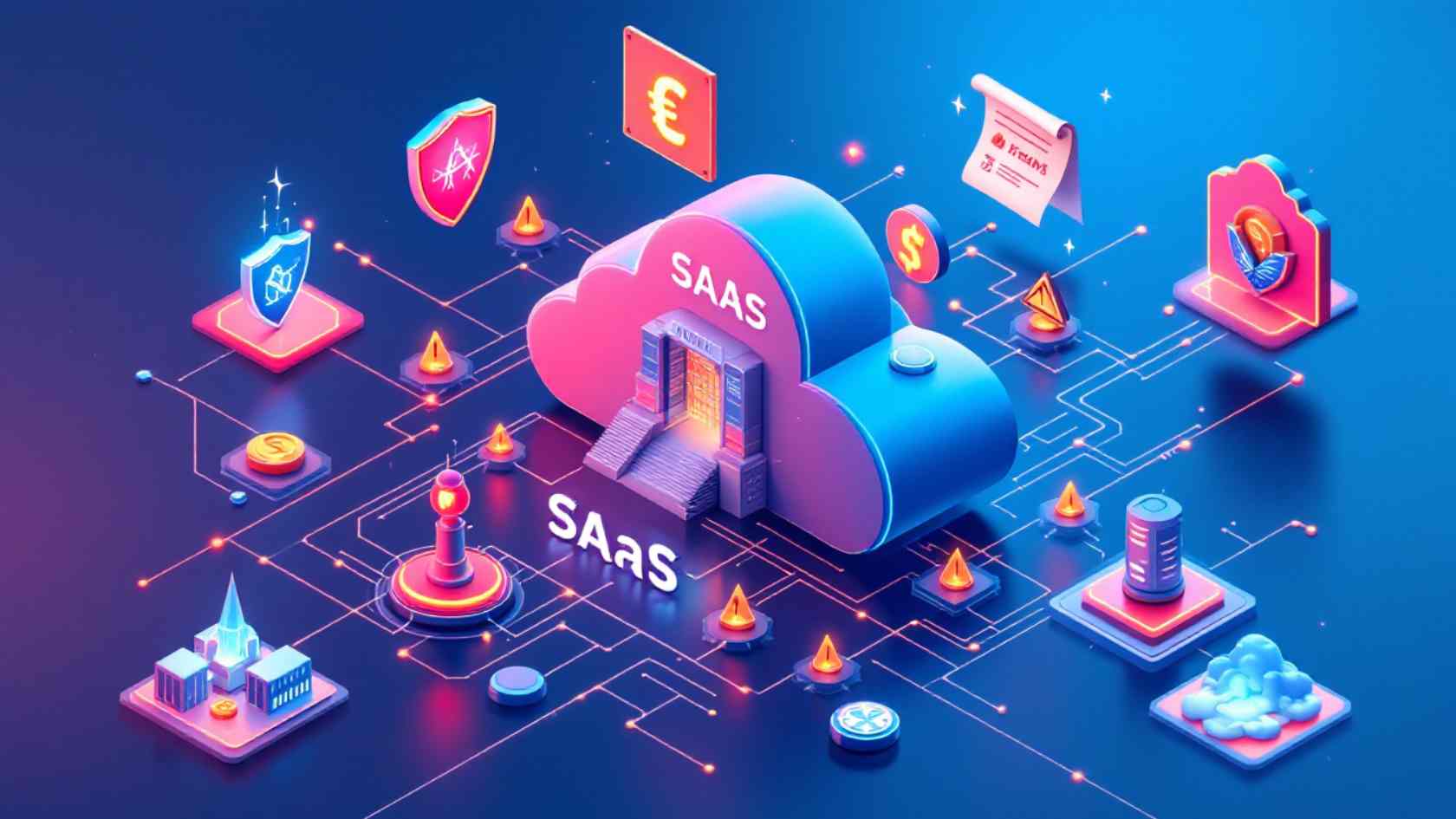
1. Robust Identity and Access Management
Use “Multi-Factor Authentication (MFA).” MFA requires something more than just a password—e.g., a code on your phone. [NIST](https://www.nist.gov) believes that MFA is key to preventing credential theft.
2. Data Encryption
When you store data, encrypt it. When you are sending data, encrypt it. If data is encrypted from hackers, it doesn’t matter if they steal it.
3. Regular Software Updates and Patching
Software publishers will patch vulnerabilities in their products. Always be sure to keep all your SaaS tools up to date. Ignoring patches or updates means you are leaving a system contract to known attacks.
4. Employee Education
Many cyberattacks begin with humans making mistakes. Teach employees how to identify phishing emails and avoid dangerous clicks. Training resources can be accessed at groups such as Cisco for free.
5. Zero Trust Security
Zero trust means never taking into consideration that a user or device is trustworthy. Every access request must be checked. Reduces the risk of internal and external problems.
6. Backup and Recovery
Everything can fail, even some of the best systems. Regularly backing up your data means that it can be recovered in the event of an attack or after an affected system crash.
SaaS Security for Startups
Startups tend to think security is expensive. But there are simple and inexpensive measures:
- Cloud firewalls.
- “Strong passwords” with password managers.
- “Monitoring SaaS apps” with free or low-cost tools.
- “Use vendors” who follow industry standards (for example, “SOC 2 compliance”).
- When founders build “cybersecurity for startups” early, they ameliorate costs while generating customer confidence.
Cloud Security for SaaS: Shared Responsibility
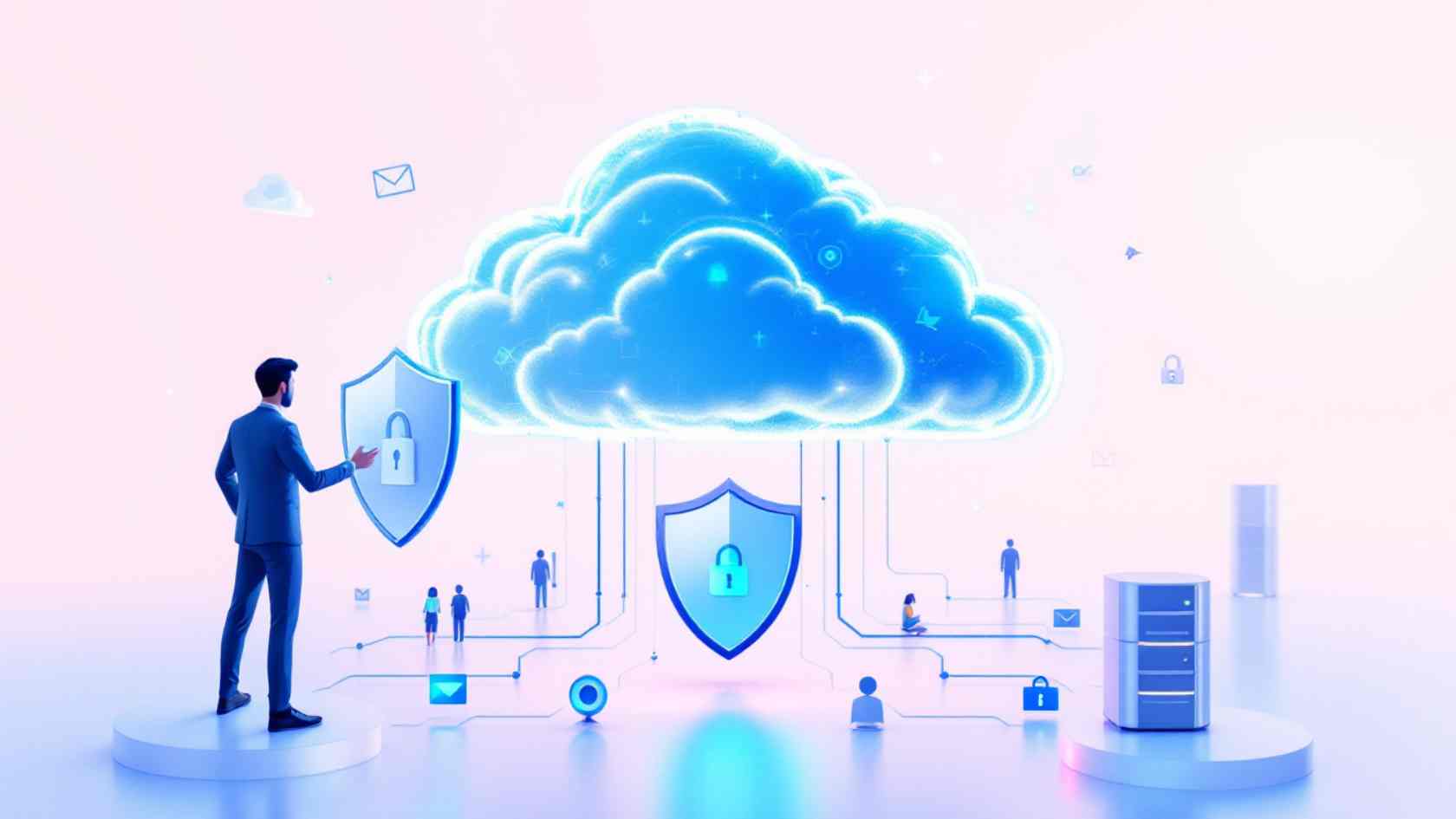
A crucial thing that so many forget: SaaS security is a shared responsibility. The SaaS vendor is responsible for securing the platform—the customer is responsible for securing their use of it.
For example:
- The vendor is responsible for securing the servers, “software & updates.”
- The customer is responsible for managing user access, “backing up data,” & endpoint security.
Due to the “shared responsibility model” in SaaS, companies cannot simply “set it & forget it.” Both parties must work together to maintain a “secure operating environment.”
Future of SaaS Security in a Remote World
The future will be shaped by more remote teams, more SaaS apps, and smarter attackers. Here is what can be expected:
- AI in Security—AI will be used to identify unusual patterns in data, meaning that threats will hopefully be identified and stopped faster.
- Better Compliance—More legislation will mean that companies will have to better protect users’ data.
- Unified Security Platforms—Companies will look for all-in-one tools to reduce complexity and reliance on multiple tools.
- Secure by Design—Startups will require baked-in security into the application from the start.
Final Thoughts
A remote world has forced us all to use SaaS tools. However, with that growth comes risk. Organizations are dealing with more sophisticated hacks and more valuable data, and users are using more devices across more networks than ever.
This is why SaaS security now is more critical than ever. From cloud security for SaaS to data protection in SaaS, organizations need to take steps to mitigate damage today to avoid damage tomorrow.
Whether you are a startup or a global company, security is no longer optional; it is survival. By implementing best practices, following trusted frameworks like NIST, and providing training for your teams, you can start building trust for your company, protect your data, and most importantly, build a safety-first culture in a remote-first world.


